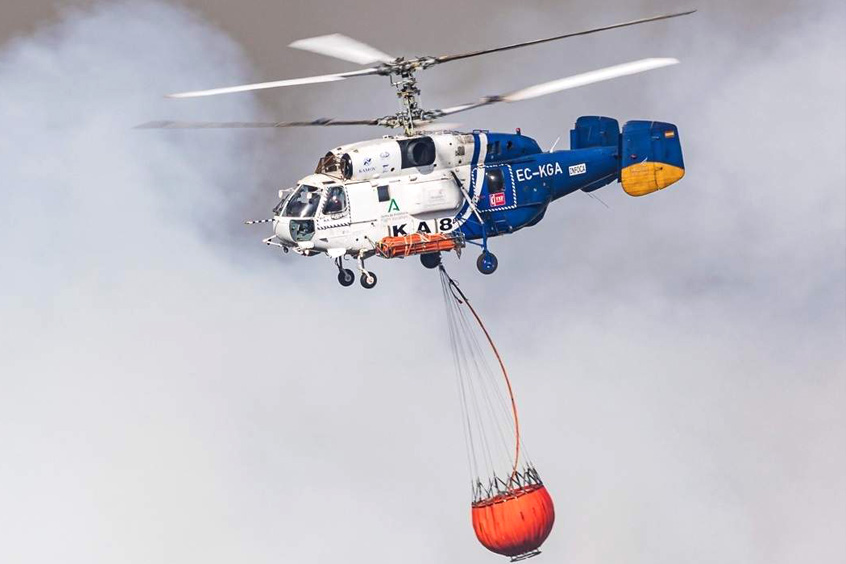Why visit ACE ’25?



According to figures provided by the Chilean National Forestry Corporation, CONAF, in the 2023-2024 season there have already been more than 1,714 forest fires in the country and nearly 15,000 hectares have been affected. It is in the midst of this emergency and with the aim of supporting and improving aerial tactics in the fight against these forest fires that seven giants of the air will join Ecocopter to work to prevent the fires from spreading.
"For several years, Ecocopter has been contributing first class, high-tech and efficient aerial resources in the fight against forest fires, a type of emergency that has been exacerbated by the climate crisis. Both the state and the private sector have so far enabled the avoidance of too great a tragedy and we, with our experience, international partners and awareness of the urgency, want to collaborate from the air with helicopters and aircraft," says Armando Weinberger, general manager of Ecocopter Chile.
The DC9 tanker aircraft that entered service on 1 December, 2023 has already supported emergencies in the Valparaíso and Metropolitan regions, and has now been joined by two SuperPuma AS332 L2 helicopters whose mission is to extinguish fires in the Biobío and Araucanía regions. These semi-heavy helicopters can drop up to 3,500 litres of water, have an autonomy of up to three hours of flight, are 20 metres long, have a four-blade rotor diameter of 16.20 metres and a complete firefighting system that includes a heli bucket for loading water with sequential discharges. In addition, they can transport 16 brigade members or firefighters.
In a few days, two more Kamov helicopters will join the fleet, of the heavy bomber type, twin engine with heli bucket and a capacity of 5,000 litres, specialised in discharging water and/or retardant.
Ecocopter forestry manager Mauricio Neira says: "The presence of these helicopters in Chile gives us a guarantee and a sample of how the state and the forestry industry are preparing to face the emergency in the best possible way, and thus prevent these fires from spreading by controlling them with fast, versatile, efficient aircraft and world-class expert crews."
Two Erickson Aircrane units will also be added to the firefighting effort. These helicopters, considered the largest and most efficient of their kind in the world, will protect the populated and industrial centres of the central-southern regions of Chile, as they have done in recent years, as they work in the advance or 'ahead of fire' arena, slowing its progress.
It is worth mentioning that the Erickson Aero Tanker DC9 forest fire bomber aircraft is already operating in the country, and is providing services to CONAF to combat the fires that are expected during the season. The Aero Tanker has a load capacity of 11,356 litres of water and retardant and reaches a maximum speed of 788km/h. With a ventral tank, it can discharge up to 2,271 litres per minute. In addition, its tanks can be loaded quickly in an average of around seven minutes.
"For this season we have consolidated a first-class fleet with these six helicopters, known worldwide for their efficiency in extinguishing fires, in addition to the Erickson Aero Tanker DC9 aircraft and five other light Airbus H125 helicopters. Each of the aircraft has expert pilots and crews with a staff of mechanics, engineers and logistical support that provide security so that operations are a success and protect both citizens and the environment," says commercial manager Francisco Arriagada.